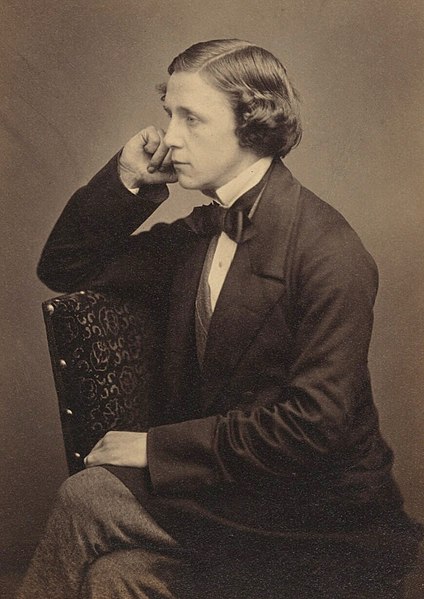
Cave Paintings-Paleolithic Art
「Stone Age / Upper Paleolithic / ca 30,000-11,000 BCE」
Paleolithic art, from beginning to end, is an art of animals.
—Jean Clottes, “Paleolithic Art-France,” BradshawFoundation.com
Cave paintings of 15,000-30,000 years ago are almost entirely of animals and the artists rarely portrayed the animals as being hunted or eaten. (Richard Ryder, Animal Revolution, “The Ancient World”「Google Books」)
「ca30,000-28,000 BCE」Chauvet Cave
「ca26,000-19,000 BCE」Cussac Cave
「ca25,000-17,000 BCE」Cosquer Cave
「ca15,000-13,000 BCE」Cave of Lascaux
「ca14,000-11,000 BCE」Altamira cave
「ca12,000 BCE」Font-de-Gaume
「ca12,000 BCE」LesTrois-Freres
「ca12,000 BCE」Le Tuc d’Audoubert
「ca12,000 BCE」Les Combarelles
「ca12,000-11,000 BCE」Niaux Cave
「ca12,000-11,000 BCE」Roffignac Cave
European Ice Age rock art, often called ‘cave art’, is well-known all over the world, probably because of the high quality and antiquity of its images. So far, about 350 sites have been discovered, from the southern tip of the Iberian Peninsula to the Urals.…When the Abbe Breuil published his big book “Four Hundred Centuries of Cave Art“, he pointed out what he called ‘The Six Giants’, one in Spain (Altamira), the other five in France: Lascaux, Niaux, LesTrois-Freres, Font-de-Gaume and Les Combarelles. No doubt that nowadays he would at least add Chauvet, Cosquer, Cussac and Rouffignac to the list.
Clay modellings in Montespan and Le Tuc d’Audoubert… caves are famous: Montespan because of a clay bear which is a real statue, nearly lifesize, and Le Tuc d’Audoubert because of two extraordinary bison following each other in a premating scene. (Jean Clottes, “Paleolithic Art in France,” Bradshaw Foundation.com)



